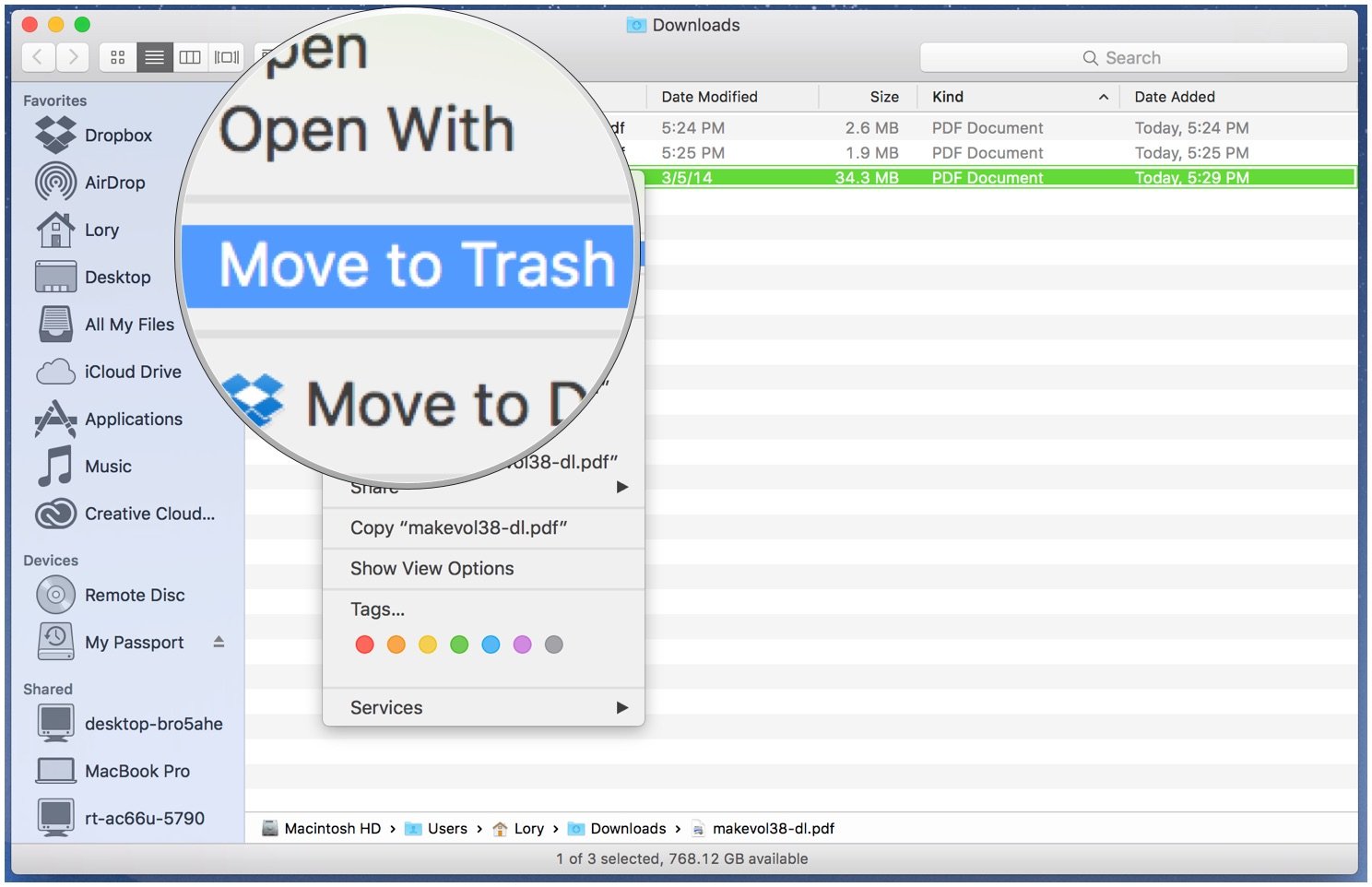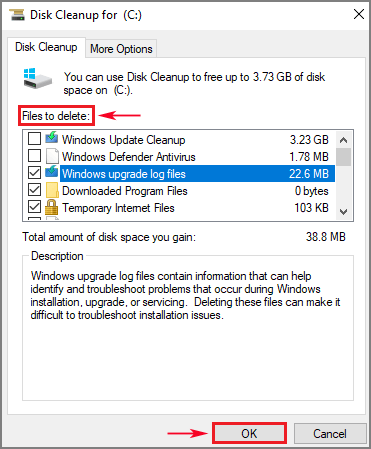

Access system files on mac for cleanup full#
For this, go to System Preferences → Security & Privacy → Privacy → select the Full Disk Access section → click the Lock icon to make changes → click the Plus icon → add the uninstaller tool from the Applications folder → click the Lock icon to prevent further changes → close Preferences. That’s why to allow the uninstaller tool to remove apps completely, you need to add it to “Full Disk Access” in the System Preferences. ~/Library/Cookies (the contents of Safari Cookies).~/Library/Safari (Safari browsing history).~/Library/Messages (the contents of Messages).But since macOS Mojave 10.14, third-party applications by default are not allowed to remove files from the following subfolders: To uninstall applications completely the application from Nektony needs to delete all the service files of the selected app. The service files of apps are usually stored in the ~/Library folder. Some subfolders in the ~/Library are protected from changes. If you are not exactly sure what you are doing, it’s better not to attempt it!Ĥ. Once again, you should understand what files you are removing. For this, again restart your Mac → use Command+R shortcut → open Terminal and this time type the command csrutil enable. Important: After you have deleted the files, don’t forget to re-enable the System Integrity Protection in order not to remove other important apps and files by mistake. Restart your Mac and delete the problematic files.You will see that your System Integrity Protection is disabled. In the Menu bar click Utilities → Terminal. You will see an unusual startup window – this is the recovery mode. Restart your Mac and press Command+R key shortcut while the reboot is in progress.So, to remove a problematic file or app, you would need to disable the Apple System Integrity Protection. In this way, such applications protect themselves from being deleted. The problem is that, even if you have a third-party application, it may be able to create files that Apple thinks are default system files. The SIP limits the actions that the user can perform on protected parts of the Mac operating system. The files are protected from removal by System Integrity Protection (SIP).Īpple forbids modifying system items on Macs. Removing kexts will allow you to delete all other service files of the problematic application.ģ.
Access system files on mac for cleanup how to#
Learn in our previous article how to uninstall kernel extensions. You can remove kext files only in the recovery mode of your Mac. It’s impossible to remove such files to Trash, as Finder ignores the removal command. Also, kext files can protect other service files and folders from being removed. Some apps create kernel extensions that are able to protect themselves from being removed. Uncheck this option to be able to modify or remove the folder.Īfter getting permission to operate the files, you will be able to remove files and folders using App Cleaner & Uninstaller. If the folder is locked you can’t remove the files in it. To check it, right-click the file or folder, select Get Info from the context menu, and look for it in the General Information section. To give permission, you need to manually check if your files are locked or if they are located in a folder which is also locked.

If you are trying to remove apps with App Cleaner & Uninstaller, you can get the message that the files could not be removed to Trash because you don’t have permission to access them. The app can’t be removed due to being locked files or folders The app has wrong permission for the configuration file.Īfter understanding what is causing the issue, you will be able to uninstall the apps completely. The files are protected from removal by System Integrity Protection (SIP).

This may happen for the following reasons: In this case, the uninstaller tool shows the exclamation mark next to the file name in the Removal window. When you are removing applications using the uninstaller from Nektony, you may face an error with deleting some service files and folders.


 0 kommentar(er)
0 kommentar(er)
